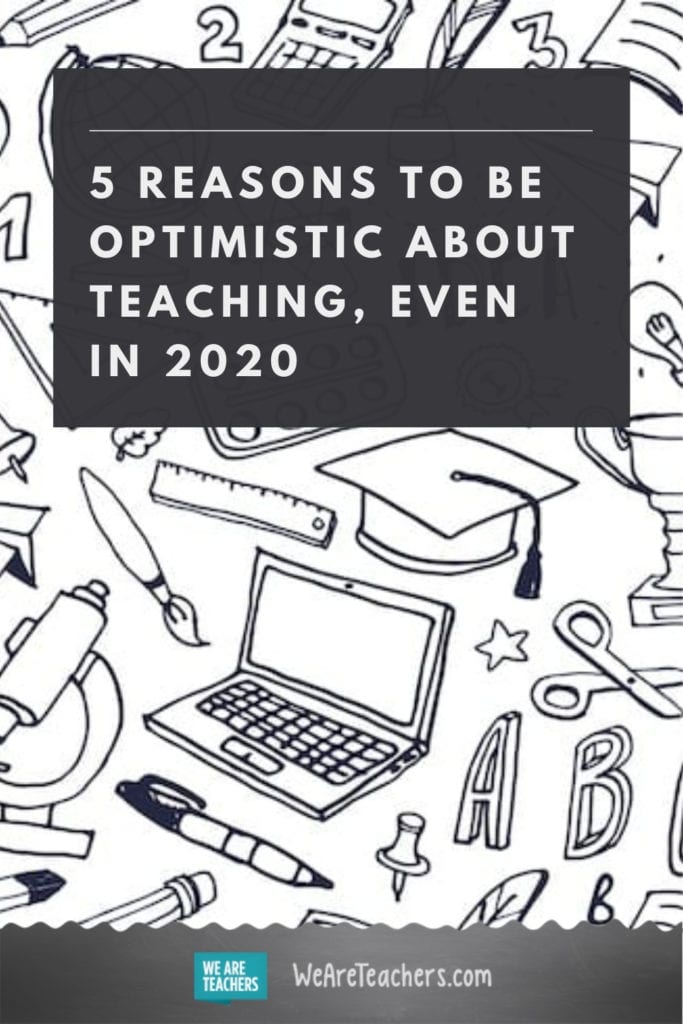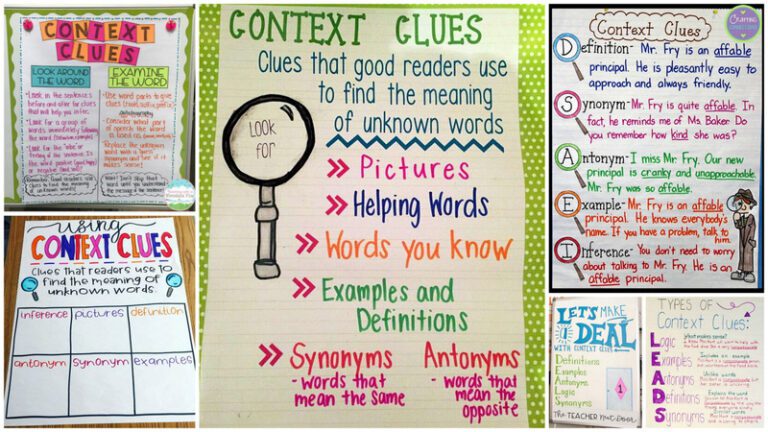OK, so 2020 is basically a dumpster fire, and in many ways, it’s taken education along with it. The COVID-19 pandemic has revealed the many cracks in our system, as well as the ways in which we’ve been using schools as a stopgap for our society’s failures. Teachers are being asked to do more than ever before and sometimes at the expense of their own health. It’s a tough time—no one is disputing that. But amid the doom and gloom, there are also glimmers of hope. And while we must address what’s wrong with education, it’s also important to recognize the ways in which we are moving in the right direction. It’s not toxic positivity to celebrate some small wins—our reasons to be optimistic about teaching, even in 2020:
1. An increased emphasis on SEL
The bad news is that more students than ever are struggling with mental health. But because we are seeing the need for it at a level we never have before, more districts are now prioritizing social-emotional learning. It’s not that it wasn’t essential before. It’s that now there’s a greater understanding that academic learning cannot happen without it. SEL isn’t an “add-on.” And teachers are figuring out ways to teach those social-emotional skills, even at a distance. I’ll cheers to that.
2. Teachers saying no to homework
Now that I’m a mom, I wish I could go back and unassign all the homework I gave. The movement to adopt no homework policies began a few years ago. Elementary teachers, in particular, started banning homework in favor of reading, playing outside, spending time with family, and getting a good night’s sleep. There’s also a push to normalize not taking work home. In 2020, we recognize that everyone is stretched thin. We as teachers understand the need to be able to work a contracted day and be done, and we’re extending that grace to our students.
[contextly_auto_sidebar]
3. Blended learning emerging as a solution
Blended learning is an approach that combines online with traditional face to face education. This is not to be confused with hybrid models that require teachers to teach virtually and in person at the same time, which is objectively terrible. Over the last several years, we’ve seen more and more teachers “flipping” their classrooms. Students get their direct instruction via videos and engage in independent work and collaborative learning back in the classroom where the teacher is available to guide them. This is a great way to personalize learning and seems like an ideal fit given our current need to balance synchronous and asynchronous learning.
And while we must address what’s wrong with education, it’s also important to recognize the ways in which we are moving in the right direction.
4. More balanced approaches to instruction
Just when you thought we’d never escape the whole language vs. phonics debate, Lucy Calkins comes out and says she was wrong. The towering figure in the world of teaching children to read now admits that beginning readers should be taught to sound out words and not rely on cueing strategies. This is huge. Dare we hope for the same when it comes to traditional vs. “new” math? Every teacher knows that what works for one student doesn’t work for another. It’s nice to have the experts recognize the importance of finding a middle ground.
5. The evolving role of teachers
Even 20 years ago, in my teacher prep program, we were taught about being the “guide on the side” instead of the “sage on the stage.” But it hasn’t really taken hold until recently. We are finally, and by necessity, moving away from a top-down approach to education. Maybe it’s because navigating new platforms made us acutely aware of what we didn’t know. Perhaps it’s that the technology we now use has changed our responsibilities. Whatever it is, it’s a positive thing that we’re embracing our roles as facilitators instead of fountains of knowledge.
Interested in articles like this? Be sure to subscribe to our newsletter!
Plus, Hopes for School in a Post-COVID World.


